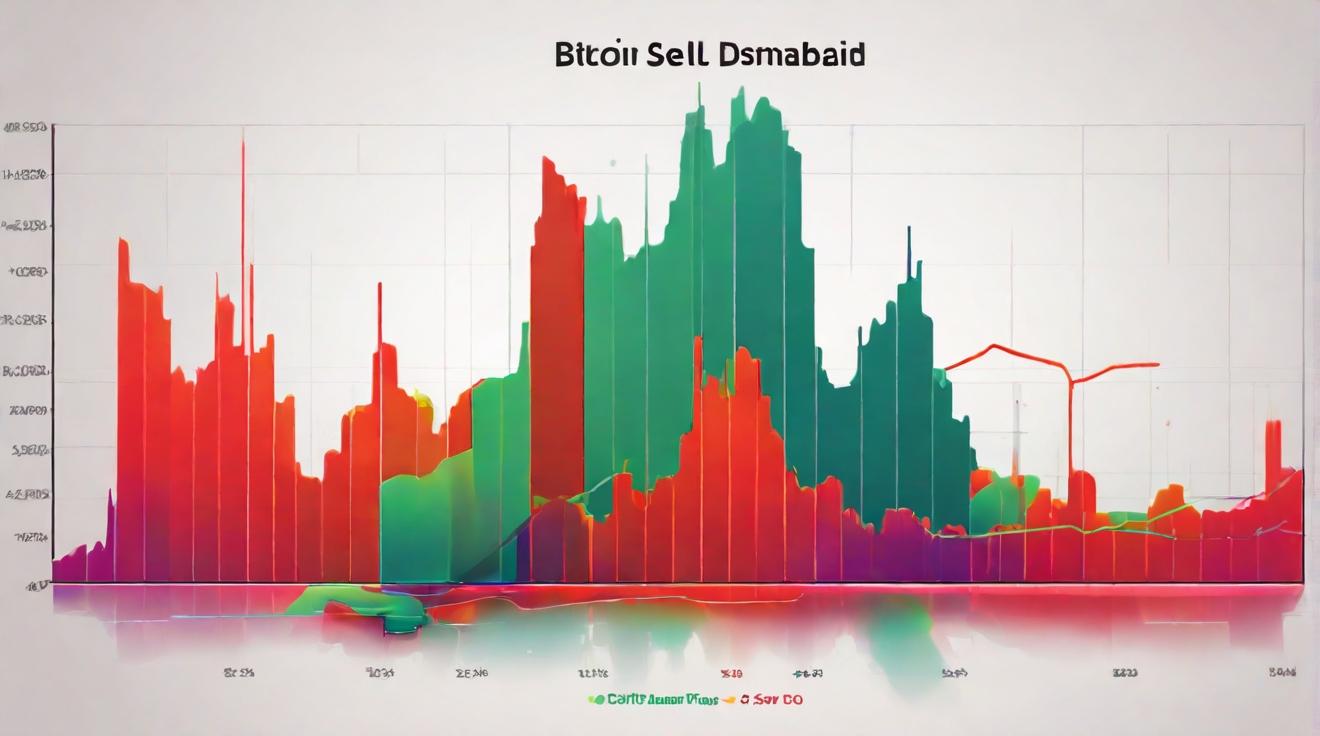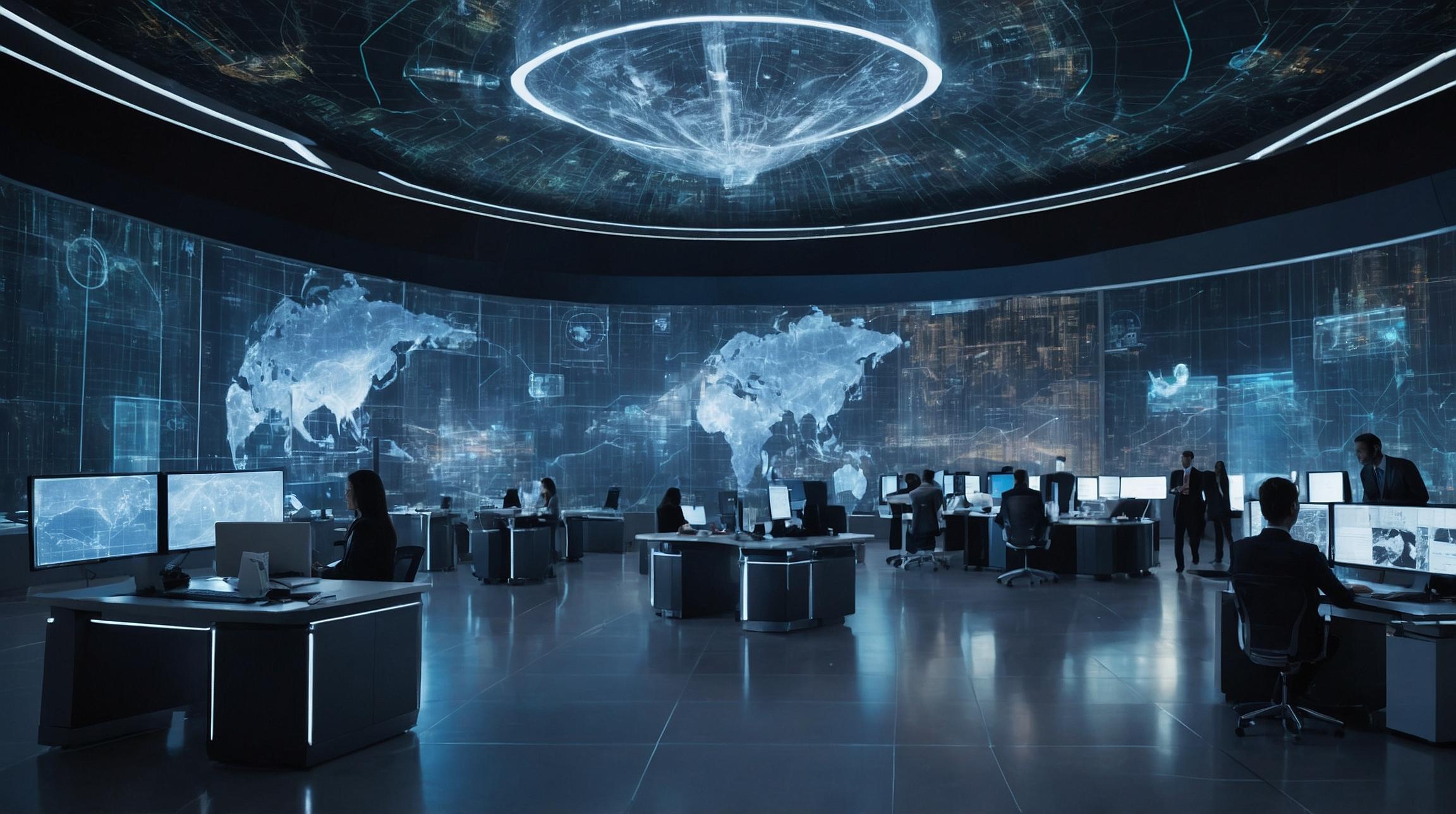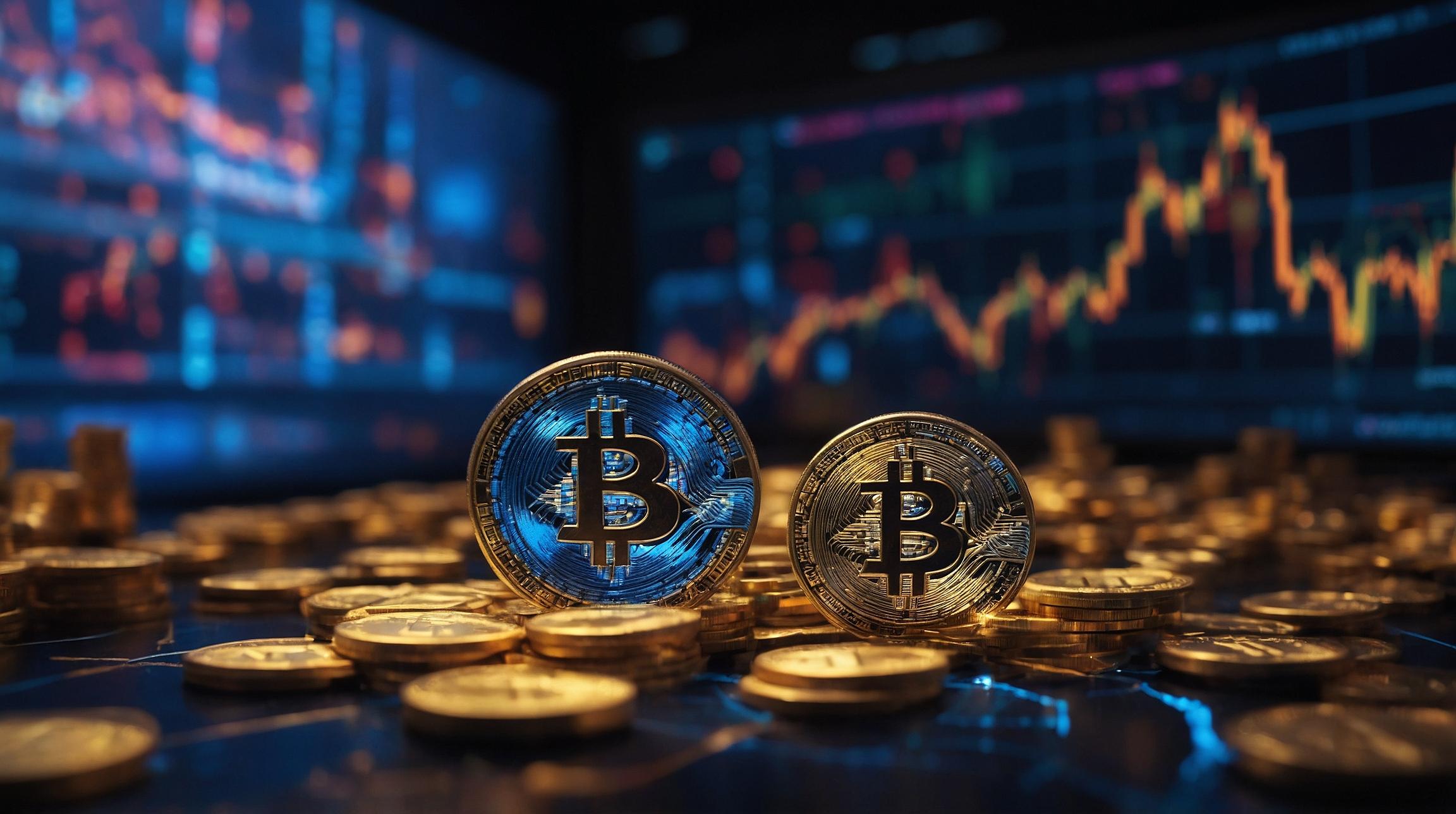The Evolution of Virtual Reality: A Gateway to Uncharted Territories
Virtual reality (VR) has come a long way since its humble beginnings in the early 2010s. It has evolved from a concept that seemed to be exploring uncharted territories to a powerful force of innovation in today’s digital landscape.
Inspired by Peter Thiel’s insights in Zero to One, VR represents a dual path of innovation. It not only meets unrecognized needs like Google Search did, but also exponentially enhances technology like the iPhone did for smartphones. This journey from zero to one in VR goes beyond just the technology itself. It envisions a future where the digital and physical realms seamlessly merge.
Imagine a world where traditional consumer electronics like televisions, gaming consoles, and audio devices become obsolete. Not because they’ve lost their appeal, but because they have been transformed and absorbed into the virtual domain. This paradigm shift marks the beginning of a new era, where virtual products and services thrive, creating new job opportunities and reshaping industries from entertainment to healthcare and beyond.
This transformation is reminiscent of the historical shift from direct to alternating current, pioneered by Nikola Tesla. Just as Tesla revolutionized our understanding and utilization of electricity, VR is on the verge of merging the virtual with the physical. Its applications extend beyond imagination, impacting fields like medical training, military simulation, and automotive design.
As we stand on the precipice of this new frontier, it’s clear that VR is more than just a technological advancement. It is a paradigm shift, a new way of interacting with the world around us. This transformation will have ripple effects across the entire supply chain, from electronics manufacturers to service providers, as we shift toward a virtual-centric economy.
The journey of VR, from an intriguing concept to a cornerstone of future technologies, reflects the broader narrative of human innovation. We are constantly pushing the boundaries of what’s possible. As we embrace this new virtual frontier, we must remain open to the infinite possibilities it presents, ready to redefine the fabric of our reality.
Analyst comment
Positive news. As VR technology continues to evolve, it presents a paradigm shift in how we interact with the world. This will lead to the obsolescence of traditional consumer electronics and the emergence of new job opportunities and industries. The market for VR products and services will thrive, impacting various fields such as entertainment, healthcare, and automotive design. This transformation will have ripple effects throughout the supply chain, creating a virtual-centric economy.













